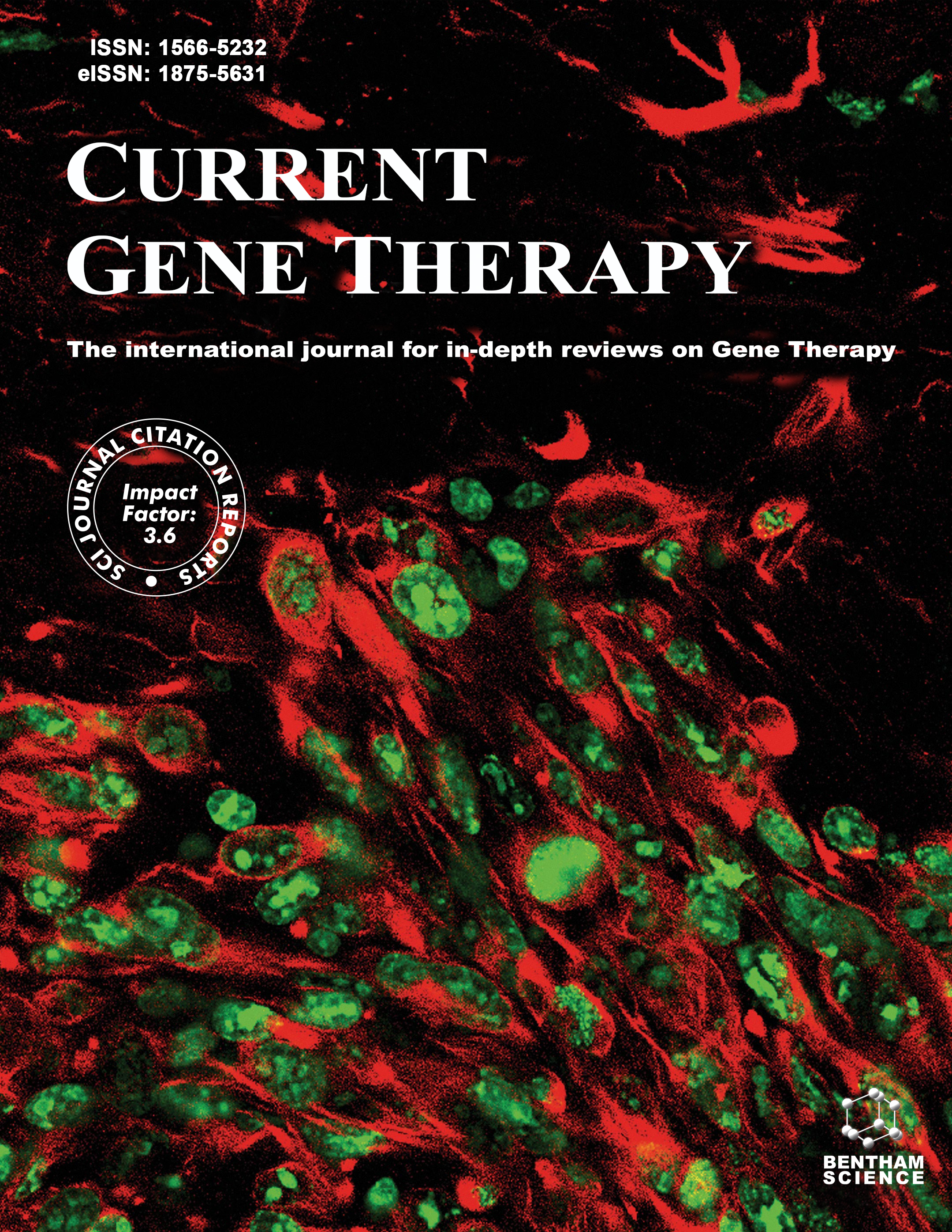
Full text loading...
We use cookies to track usage and preferences.I Understand
Extrinsic and intrinsic factors contribute to skin aging; nonetheless, they are intertwined. Moreover, intrinsic skin aging mirrors age-related declines in the entire human body's internal organs. There is evidence that skin appearance is an indicator of the general health of somebody or a visual certificate of health. Earlier, it was apparent that the intrinsic factors are unalterable, but the sparkling of skin aging gene therapy on the horizon is changing this narrative. Skin aging gene therapy offers tools for skin rejuvenation, natural beauty restoration, and therapy for diseases affecting the entire skin. However, skin aging gene therapy is an arduous and sophisticated task relying on precise interim stimulation of telomerase to extend telomeres and wend back the biological clock in the hopes to find the fountain of youth, while preserving cells innate biological features. Finding the hidden fountain of youth will be a remarkable discovery for promoting aesthetics medicine, genecosmetics, and healthy aging. Caloric restriction offers ultimate health benefits and a reproducible way to promote longevity in mammals, while delaying age-related diseases. Moreover, exercise further enhances these health benefits. This article highlights the potential of skin aging gene therapy and foretells the emerging dawn of the genecosmetics era.

Article metrics loading...

Full text loading...
References


Data & Media loading...

